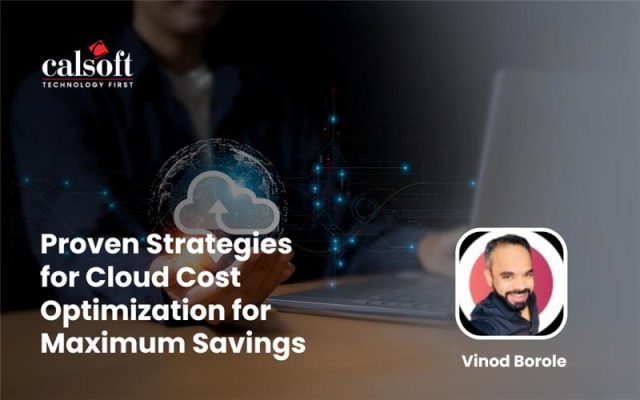Mobile Technology, Social Media, and Data Analytics are considered to be the latest disruption in IT industry. Along with these, Cloud Computing is another technology which has earned its place as a core disruptors in this digital age. Over the years cloud market has matured, and companies have gladly accepted cloud technology as the way forward. Organizations use private and public cloud solution(s) as per their requirement but now they have started realizing the benefit and value of having the best of both worlds. Now companies want to save costs with higher security for their mission-critical applications. This clearly shows the acceptance of a hybrid cloud model by the industry.
Hybrid Cloud is a flexible, well-rounded combination of public and private cloud. It obtains maximum value and effectiveness of workloads. Numbers of enterprises are moving towards Hybrid Cloud to fulfil their workload requirements. In a recent survey, Gartner predicted that almost 50% of the large organizations will embrace hybrid cloud models by 2017. In another survey done by IDG, 83% of IT and business executives, use or will use hybrid cloud environments, 88 percent believe hybrid capabilities are important or critical to enabling digital business transformation.
Calsoft Whitepaper: Proliferation Of Cloud Integrated Storage (CIS)
Key Benefits of Hybrid Cloud
Provisioning
Hybrid Cloud provides a unique feature of easy provisioning. This helps in reducing the cost and improving the speed of operation. However enterprises should manage the provisioning and de-provisioning cycles properly, otherwise the cost may shoot up. A properly configured hybrid cloud solution shortens timeframes and expands possibilities.
Data Management
Data collection and management has become an integral part of every organization and happens at every level. Organizations are facing tough time in managing their data; especially with the inclusion of Internet of Things (IoT) and Big Data. IT department of every organization is facing the heat of data management challenges. Hybrid Cloud will be a real valuable asset in fulfilling the continuous demand for data access, improved bandwidth, higher data storage, and better data computation abilities.
For example an organization can use hybrid cloud storage to save its critical business data and run the analytics on public cloud. This will help them in scaling as per the demand for distributed computing tasks. Public Cloud’s scalability and flexibility help organizations in saving huge amount of capital expenditure spent on physical infrastructure for short-term spikes in demand. This way you only pay for resources which you consume.
The Road Ahead – Hybrid Cloud
For any IT department, Hybrid Cloud is the first step towards becoming a solution provider rather than just a technology provider. With Hybrid Cloud infrastructure an organization can enjoy the scalability and flexibility of public cloud as well as the privacy of private cloud.
Yes, there are challenges and there will be some roadblocks as well, but companies will definitely go for and adopt Hybrid Cloud infrastructure not only because of its financial benefits but because of the flexibility and freedom it provides. Adoption of Hybrid Cloud will also help some cloud dependent technologies like Internet of Things (IoT), real-time analytics, and collaboration to evolve and mature.
Adoption of hybrid cloud is definately not a rat race but companies who overcome all the challenges and roadblocks, and adopt this first will definitely get an edge from their competitors. Hence I would recommend enterprises to start considering the adoption of Hybrid Cloud pretty seriously and plan for a seamless transition.






